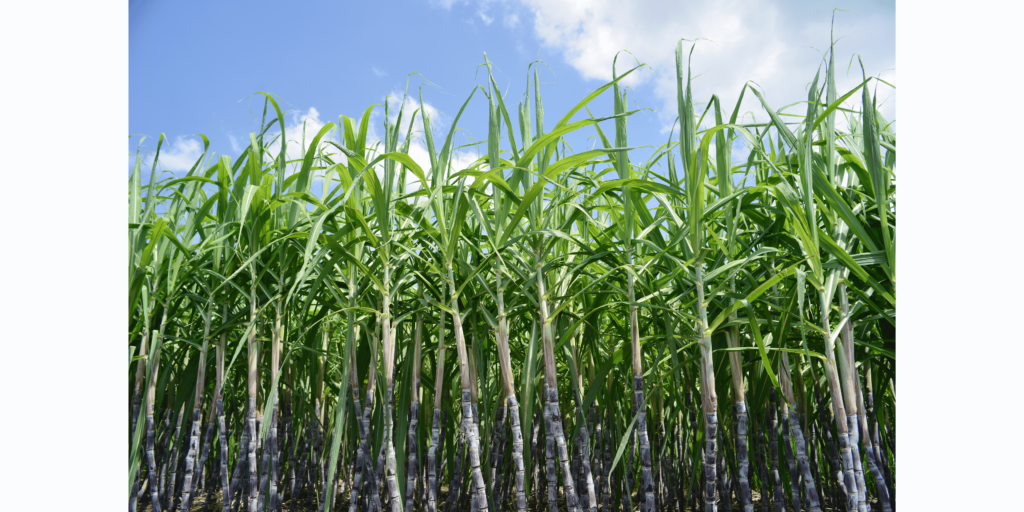Introduction:
Trading in sugar can be a lucrative venture for those looking to diversify their investment portfolio or capitalize on market trends. Whether you’re an experienced trader or a novice looking to enter the commodities market, this guide will walk you through the essential steps to start trading in sugar.
Understand the Sugar Market:
- Begin by gaining a comprehensive understanding of the sugar market. Familiarize yourself with the factors that influence sugar prices, such as weather conditions, global demand and supply, government policies, and geopolitical events. Follow relevant news and market reports to stay informed about the latest developments.
Educate Yourself:
- Equip yourself with knowledge about different types of sugar, including raw sugar, white sugar, and refined sugar. Understand the key differences and the factors that impact their prices. Additionally, learn about the sugar production process, major producers, and consumption patterns worldwide.
Choose a Trading Platform:
- Select a reliable and user-friendly trading platform that offers access to sugar futures or options. Ensure that the platform provides real-time market data, analytical tools, and a secure trading environment. Popular platforms include E*TRADE, TD Ameritrade, and Interactive Brokers.
Create a Trading Account:
- Once you’ve chosen a platform, create a trading account. Provide the necessary information, complete the verification process, and deposit funds into your account. Familiarize yourself with the platform’s interface and features before placing any trades.
Risk Management:
- Develop a risk management strategy to protect your capital. Set realistic goals and determine the amount of capital you are willing to risk on each trade. Consider using stop-loss orders to limit potential losses and maintain a disciplined approach to trading.
Stay Informed about Market Trends:
- Continuously monitor sugar market trends and be aware of any events that may impact prices. Stay informed about global sugar production, consumption, and trade policies. Utilize technical and fundamental analysis to make informed trading decisions.
Start with a Demo Account:
- If you’re new to trading, consider starting with a demo account to practice without risking real money. This allows you to familiarize yourself with the trading platform and refine your strategies before engaging in live trading.
Diversify Your Portfolio:
- While focusing on Sugar trading data providers, consider diversifying your investment portfolio to spread risk. This can include exploring other commodities, stocks, or assets that align with your overall financial goals.
Network and Seek Advice:
- Engage with other traders, join forums, and seek advice from experienced professionals. Networking can provide valuable insights, tips, and a sense of community as you navigate the complexities of sugar trading.
Continuous Learning:
- Stay committed to continuous learning. The commodities market is dynamic, and staying updated on industry trends and trading strategies will contribute to your long-term success.
By following these steps and maintaining a disciplined approach, you can embark on your journey to start trading in sugar and potentially capitalize on the opportunities presented by the commodities market.











